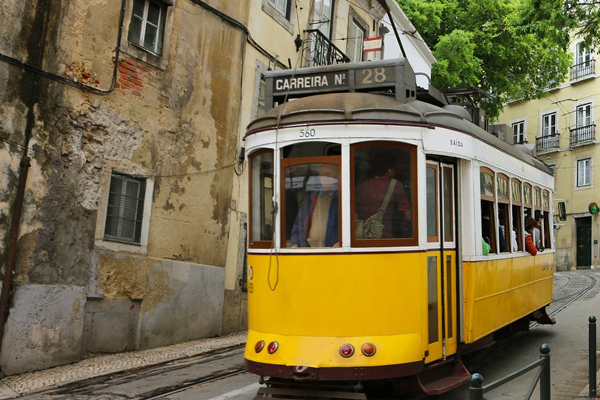The Romantic Capital City Of Portugal
Lisbon, Portugal
Lisbon is the capital and the largest city of Portugal. The city is about 500k strong. It is mainland Europe’s westernmost capital city and the only one along the Atlantic coast. Lisbon lies in the western Iberian Peninsula on the Atlantic Ocean and the River Tagus. The westernmost portions of its metro area, the Portuguese Riviera, form the westernmost point of Continental Europe, culminating at Cabo da Roca. Lisbon is hilly but coastal. Landmarks include the imposing São Jorge Castle, the view encompasses the old city’s pastel-colored buildings, Tagus Estuary and Ponte 25 de Abril suspension bridge. Just outside Lisbon is a string of Atlantic beaches, from Cascais to Estoril.
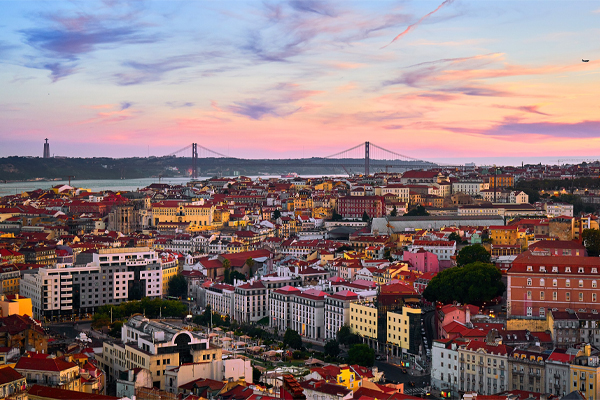
Lisbon, Portugal
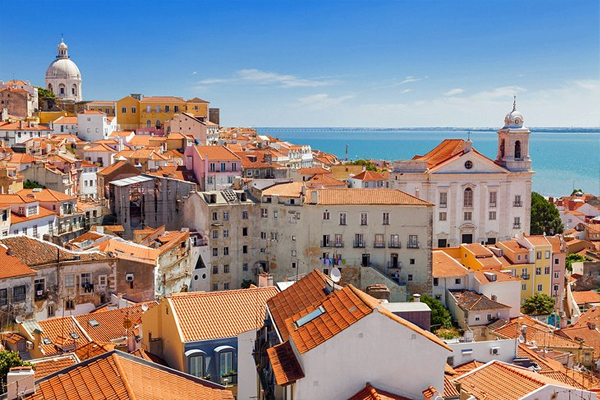
Alfama district.

Pink Street, the heart of Lisbon’s nightlife.
If this is your first visit to Lisbon, we recommend you base close to the historic center; this covers the districts of Baixa, Chiado, Bairro Alto, Alfama and the Avenida da Liberdade. These areas are popular with tourists and are within walking distance of the main sights and attractions. Bairro Alto and Cais do Sodre are the nightlife districts and are ideal if you wish to party, or are part of a stag/hen do. Alfama is an ancient and characterful district, but the narrow steep streets can be very draining in the summer heat. The Mouraria district and the Avenida Almirante Reis provide cheaper options for backpackers and budget travellers. If you are a business traveller, consider being based in Parque das Nações district, which contains many modern business hotels and is close to the airport.
If there is just one landmark you visit when touring through the Portuguese capital, make it the Tower of Belem. Soaring high above the seafront this tower is a fusion of architectural styles. You want to enjoy the Tram. Like San Francisco in the United States, Lisbon is a city famed for its historic, rattling tram lines. None are more iconic than Tram 28 which operates in the old Alfama district. Many visitors might like to visit the National Tile Museum, which is dedicated to everything fired in a kiln. We love St George’s Castle, the most visible landmark of Lisbon’s historic center which stands above the streets of the old Alfama District, the great citadel was first built more than 2,000 years ago by the Romans.
If time permits during your visit venture to the huge Lisbon Oceanarium where you can get up close to colorful puffer fish as well as watch the marauding sharks. If art is on your list then The National Museum of Ancient Art houses an impressive national art collection. Pieces here range from pious saintly depictions by Nuno Gonçalves to chiaroscuro portraiture by Josefa de Óbidos. Your trip won’t be complete without lingering at Rossio Square, officially titled Pedro IV Square, the spot marks the very heart of the Pombaline Lower Town, which spreads out in wide boulevards between the Tagus and Baixa rivers. And of course don’t miss Santa Justa Lift, a cast-iron elevator with filigree details, built in 1902 to connect lower streets with Carmo Square.

Beco in Baixa/Chiado.

Tágide, housed in an elegant 18th-century building.
Baixa and Chiado are the most well known areas in Lisbon to visit. These neighborhoods are centrally located and close to many sites and attractions. Though Lisbon is home to many fine dining restaurants, we’re going to focus on romantic dining.
One of the city’s finest gourmet hotspots with the best view of downtown Lisbon is Tágide. Housed in an elegantly styled 18th-century building, the restaurant seats up to 100 guests and the most intimate tables are those set out on the verandah (call ahead for tables by the window). The menu is traditional Portuguese cuisine and regional flavours.
Presenting one of the most intimate dining experiences in Lisbon, Beco combines an inventive haute cuisine menu with a sensual cabaret act performed in a theatrical burlesque atmosphere. Uniquely crafted gastronomy is served while patrons enjoy a carefully choreographed music and dance show that evokes the flapper and dapper-era of 1920’s speakeasy entertainment.
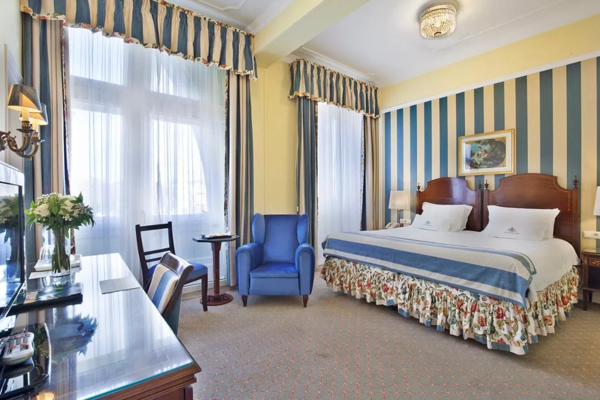


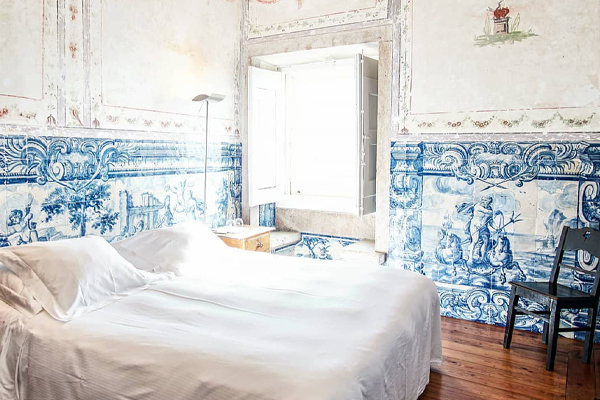
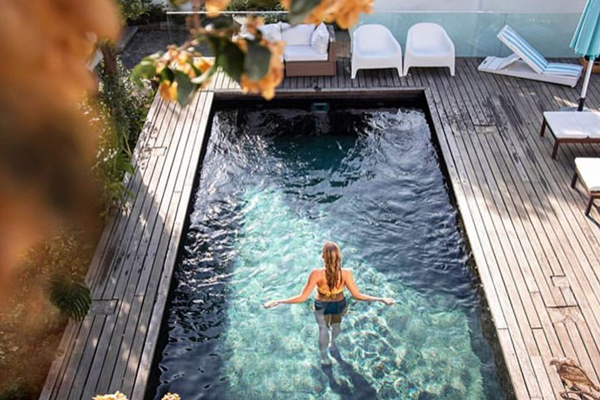

Let’s talk about lodging. For us it comes down to the two most romantic places to stay in Lisbon proper. For the upscale, city stay our choice is Avenida Palace. The hotel is a 19th-century building which overlooks Restauradores Square and offers views of St. George’s Castle in central Lisbon. It features classic rooms with antique-style furnishings. You’ll feel like royalty when staying here.
Perhaps the most romantic accommodations are the Palácio Belmonte, Lisbon’s oldest and most storied palace. Palacio Belmonte was lovingly painstakingly restored from ruins to the highest standards of construction to the beauty and grandeur of the property’s original state. There are only 10 suites, each offering a unique experience unlike any other found anywhere in the world.


